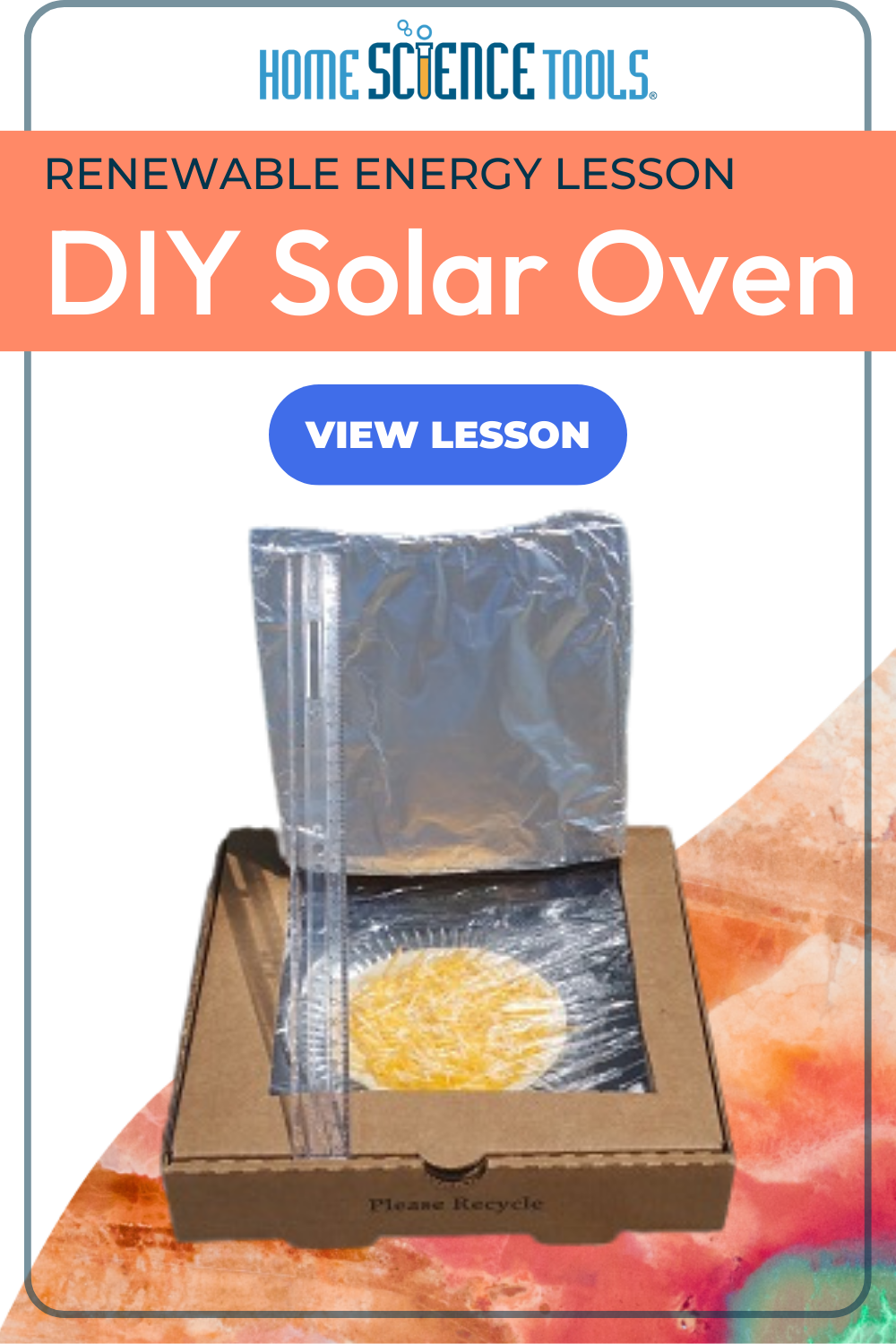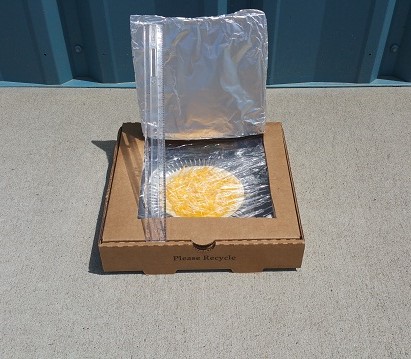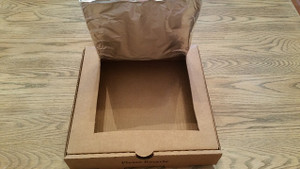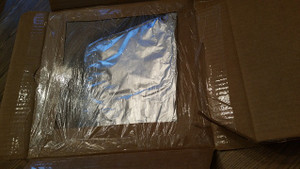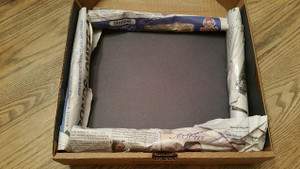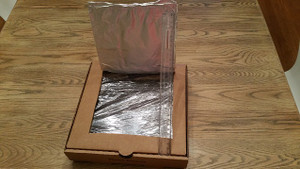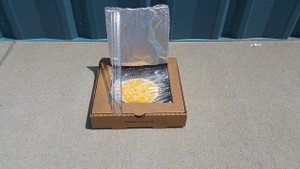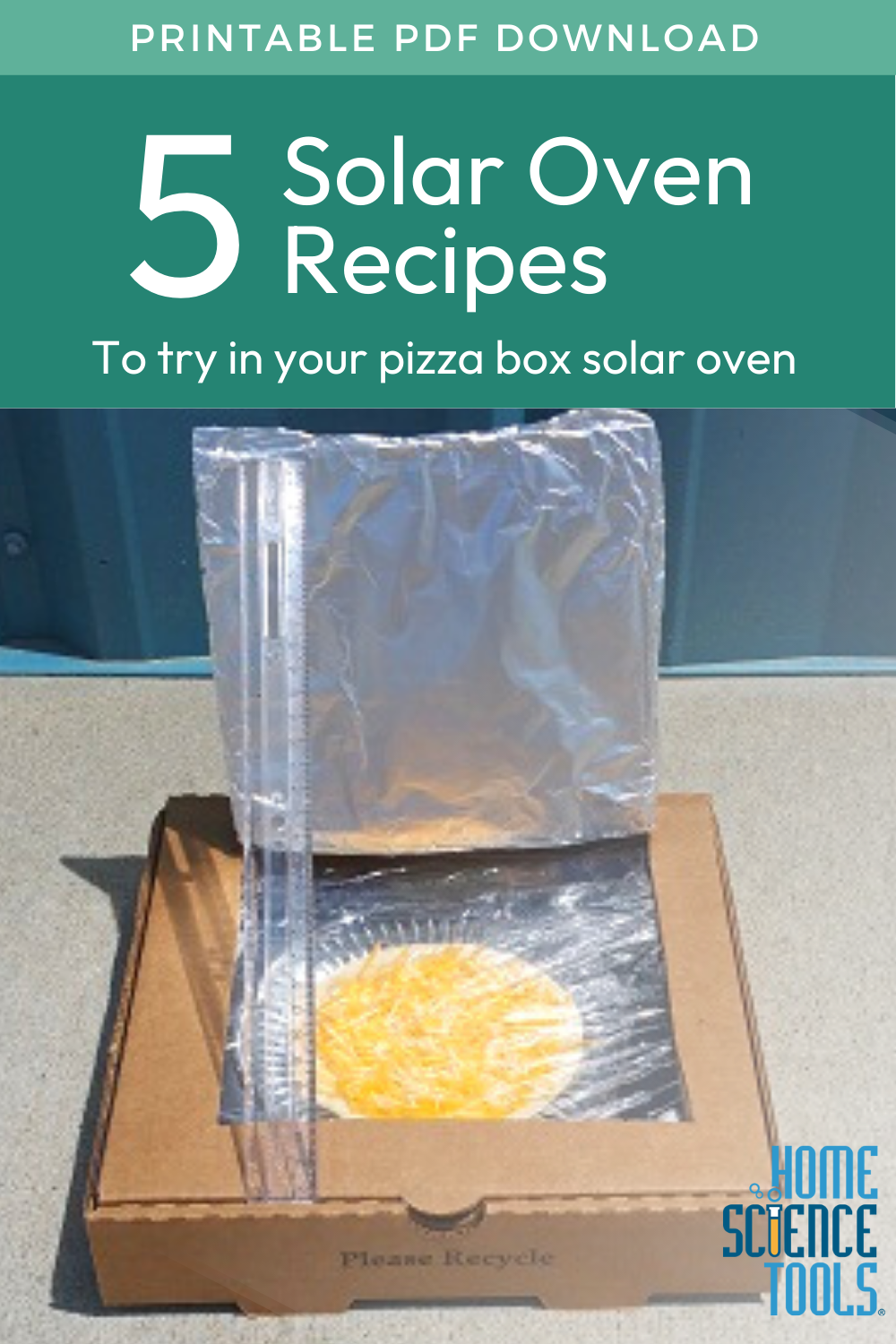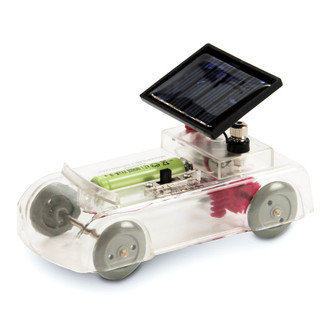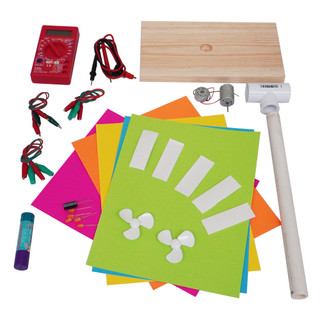- Cardboard pizza box
- Box knife or scissors
- Aluminum foil
- Clear tape
- Plastic wrap
- Black construction paper
- Newspapers
- Ruler or wooden spoon
- Thermometer
- An adult to help with cutting
The heat from the Sun is trapped inside of your pizza box solar oven, and it starts getting very hot. Ovens like this one are called collector boxes because they collect the sunlight inside. As it sits out in the Sun, your oven eventually heats up enough to melt cheese, or cook food!
How does it happen? Rays of light are coming to the Earth at an angle. The foil reflects the ray and bounces it directly into the opening of the box. Once it has gone through the plastic wrap, it heats up the air that is trapped inside. The black paper absorbs the heat at the bottom of the oven, and the newspaper makes sure that the heat stays where it is, instead of escaping out the sides of the oven.
Your pizza box solar oven can reach about 200° F on a sunny day and will take longer to heat things than a conventional oven. Although this method will take longer, it is very easy to use, and it is safe to leave alone while the energy from the Sun cooks your food.
We made a cheese roll-up by melting cheese on a corn tortilla. It took about 45 minutes for our cheese to melt and the tortilla to become soft. The internal temperature of our pizza box solar oven was 125° F.
If you do not want to wait long to have a solar-cooked dish, try heating up something that has already been cooked, like leftovers, or a can of soup. Putting solid food in a glass dish and liquids in a heavy plastic zip lock bag works well. You can also pre-heat your oven by setting it in direct Sun for up to an hour.
Other recipes you may want to try are making baked potatoes, rice with vegetables, chocolate fondue, s'mores, and roasted apples with cinnamon and sugar.
Even on partly cloudy days, there may be enough heat and light from the Sun to slow cook a special dish. Here are a few tips for having success with your solar oven:
- Stir liquids (if you're cooking something like fondue, rice, or soup) every 10 minutes. You can rotate solid food every 10-15 minutes as well, so it cooks evenly.
- Reposition your solar oven when needed, so that it faces direct sunlight. You should be checking periodically on your oven, to make sure it is in the Sun.
- Make sure that the foil-covered flap is reflecting light into the pizza box, through the plastic-covered window.
To experiment further with solar cooking, make your own solar purifier with this science project!
For more ready-to-go science projects, see Solar & Alternative Energy Kits.
